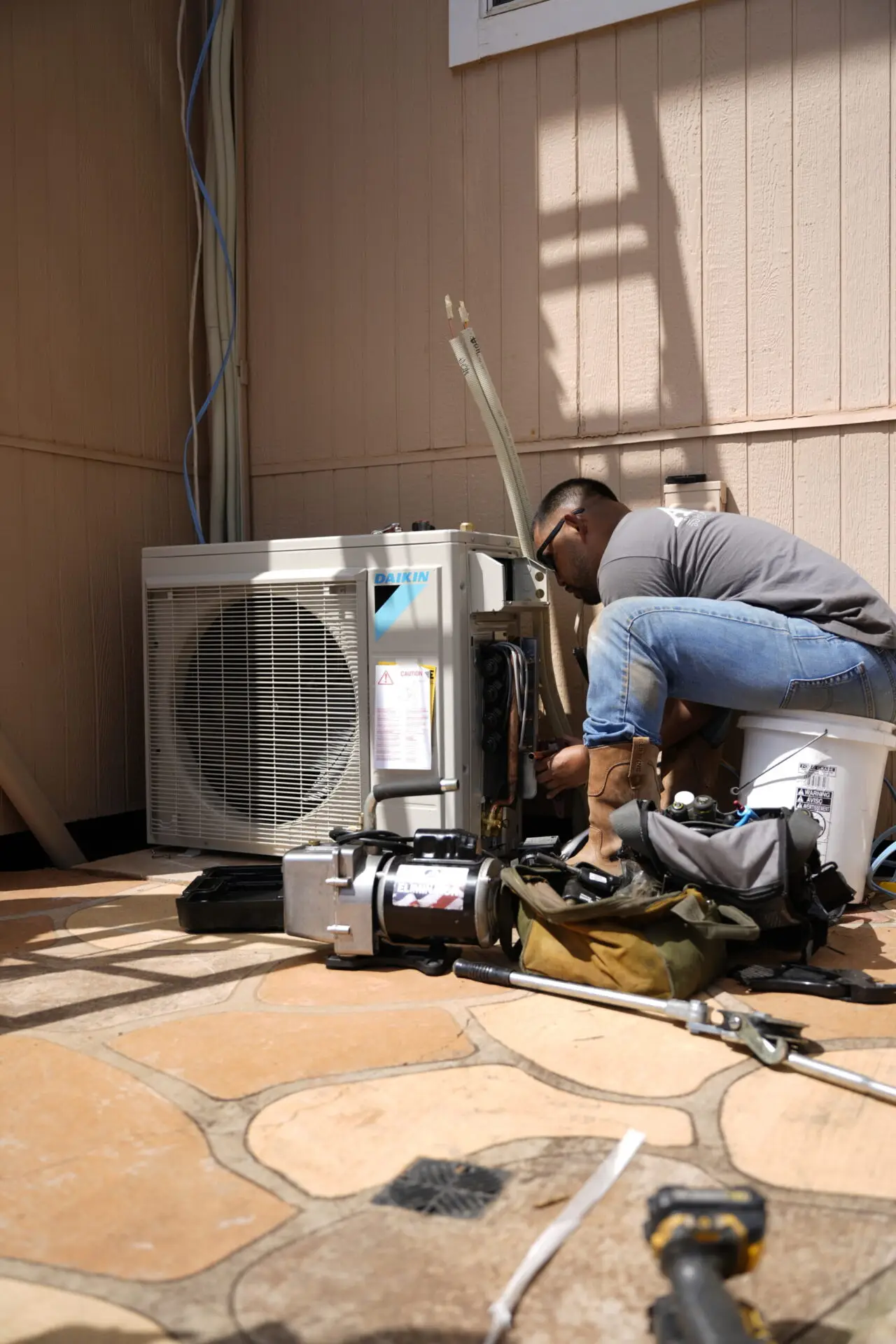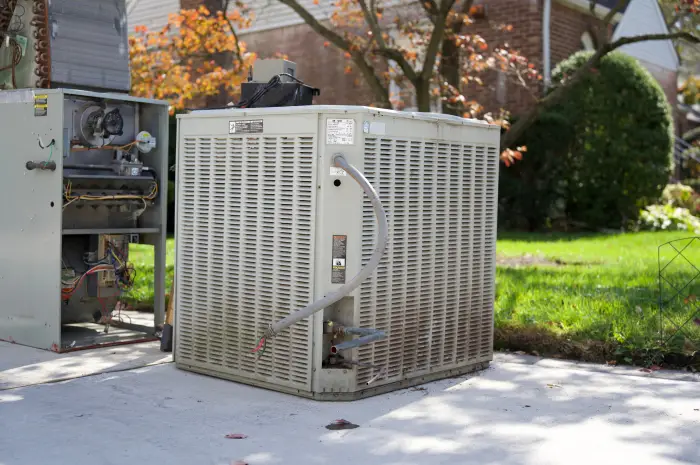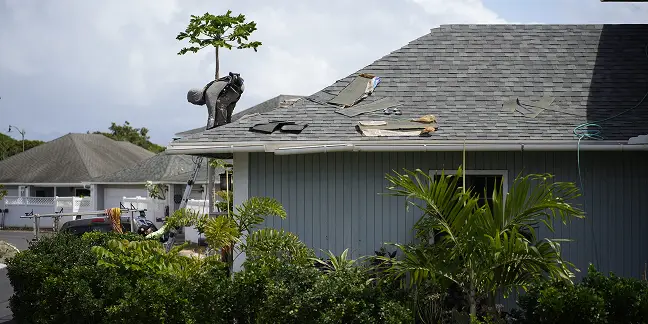The thermal expansion valve (TXV) is a key component in an HVAC system, controlling the flow of refrigerant to ensure efficient cooling. When the TXV valve malfunctions, it can cause poor temperature regulation, increased energy consumption, and potential damage to other parts of the system.
While TXV valve replacement is sometimes necessary, the cost varies based on several factors, including system type, accessibility, refrigerant requirements, and labor costs. Understanding what impacts the price and when to seek professional service can help homeowners and businesses make informed decisions about their HVAC systems.
What Does a TXV Valve Do?
The TXV valve regulates refrigerant flow based on the cooling demand of the system. It ensures that the right amount of refrigerant reaches the evaporator coil, preventing inefficiencies that can lead to poor performance and higher utility bills.
When a TXV valve functions properly, it:
- Improves cooling efficiency by adjusting refrigerant flow based on temperature.
- Reduces energy waste, helping keep electricity costs in check.
- Prevents frost buildup or overheating in the evaporator coil.
If the TXV valve fails, refrigerant flow becomes unregulated, leading to inconsistent cooling, excessive strain on the compressor, and potential system breakdowns.
Signs That a TXV Valve Needs Replacement
A failing TXV valve can mimic other HVAC issues, so professional diagnosis is essential. Some common warning signs include:
1. Inconsistent Cooling Performance
Rooms may feel warmer than usual even when the thermostat is set correctly. The system may struggle to maintain the desired temperature, especially on hotter days.
2. Higher Energy Bills
When a TXV valve isn’t working properly, the HVAC system works harder than necessary, consuming more electricity. A sudden increase in energy costs could indicate an issue.
3. Frost or Ice on the Evaporator Coil
Restricted refrigerant flow can cause ice buildup on the coil, leading to inefficient cooling and potential damage if left unaddressed.
4. HVAC System Short Cycling
A malfunctioning TXV valve can cause the system to turn on and off more frequently, reducing efficiency and increasing wear and tear on components.
5. Unusual Noises from the System
Hissing, gurgling, or whistling sounds from the refrigerant lines may suggest an issue with the TXV valve regulating refrigerant pressure.
If any of these symptoms appear, an HVAC technician should inspect the system to determine whether TXV valve replacement is needed or if another issue is causing the problem.
Factors That Affect TXV Valve Replacement Costs
The cost of TXV valve replacement depends on multiple factors. Because every system is different, pricing can vary based on:
1. Type of HVAC System
- Residential air conditioners and heat pumps typically have simpler TXV replacement requirements than large commercial units.
- Some systems use specialty TXV valves, which may be more expensive or require additional labor.
2. Accessibility of the TXV Valve
- In some units, the TXV valve is easily accessible, making the replacement straightforward.
- If the valve is located in a hard-to-reach area, such as inside a sealed unit or near delicate components, more time and labor may be required.
3. Refrigerant Type and System Charge
- Some systems require a refrigerant recharge after TXV replacement, which can impact overall cost.
- Older systems using R-22 refrigerant may face additional expenses due to phase-out regulations, while systems using newer refrigerants like R-410A may have lower associated costs.
4. Labor and Service Requirements
- Skilled HVAC technicians ensure proper installation, refrigerant handling, and system recalibration.
- If additional issues are found during the inspection, repairs may be recommended to prevent further damage.
Because TXV valve replacement involves complex components and refrigerant handling, only a licensed HVAC professional should perform the service.
The Importance of Professional TXV Valve Replacement
While some HVAC repairs are minor, TXV valve replacement is not a DIY job. Handling refrigerants requires EPA certification, and improper installation can damage other system components, leading to costly repairs.
Why professional service matters:
✔ Accurate diagnosis – Ensures the TXV valve is the actual issue, preventing unnecessary repairs.
✔ Safe refrigerant handling – TXV valve replacement involves refrigerant removal and recharging, which must be done according to industry regulations.
✔ System recalibration – After installing a new TXV valve, the HVAC system must be properly adjusted to prevent inefficiencies or future issues.
Attempting to replace a TXV valve without proper training can lead to refrigerant leaks, incorrect valve selection, and long-term system damage.
Preventative Maintenance to Avoid Unexpected Repairs
Regular HVAC maintenance can extend the lifespan of the TXV valve and other system components, reducing the risk of costly repairs.
1. Schedule Routine HVAC Inspections
Professional maintenance ensures early detection of TXV issues, preventing unexpected system failures.
2. Keep Refrigerant Levels Properly Balanced
Low or overcharged refrigerant can strain the TXV valve, causing premature failure. HVAC professionals can check refrigerant levels and adjust them as needed.
3. Clean and Maintain the System
Dirt buildup in coils or air filters can affect overall performance, leading to stress on system components, including the TXV valve.
4. Address HVAC Issues Promptly
Ignoring minor cooling issues can lead to bigger, more expensive problems. A professional assessment at the first sign of trouble can help prevent costly breakdowns.
Choosing the Right HVAC Professional for TXV Valve Service
Since TXV valve replacement affects the overall efficiency and reliability of an HVAC system, choosing a qualified HVAC service provider is essential. A reliable technician will:
- Conduct a thorough inspection to confirm that TXV valve replacement is necessary.
- Ensure proper installation and system recalibration.
- Use high-quality replacement parts suited to the system.
- Follow safety and EPA regulations for refrigerant handling.
At Attyx, HVAC professionals specialize in diagnosing and repairing refrigerant-related issues, ensuring TXV valve replacements are handled efficiently and correctly.
When to Consider TXV Valve Replacement
A malfunctioning TXV valve can cause cooling inefficiencies, increased energy costs, and unnecessary strain on an HVAC system. Recognizing the warning signs and scheduling professional service can prevent larger, more expensive repairs down the line.
Since the cost of replacement varies based on system type, accessibility, and refrigerant requirements, consulting an HVAC professional is the best way to determine the scope of the repair.
For expert TXV valve inspection, replacement, and HVAC maintenance, contact Attyx to schedule a professional service appointment.





